Increasing Demand for Electricity
The rising demand for electricity across various sectors is a primary driver for the Conventional Overhead Conductor Market. As urbanization and industrialization continue to expand, the need for reliable and efficient power transmission becomes paramount. According to recent data, electricity consumption is projected to increase by approximately 2.5 percent annually, necessitating the expansion of transmission networks. This surge in demand compels utility companies to invest in upgrading their infrastructure, including the installation of conventional overhead conductors. These conductors are favored for their cost-effectiveness and ability to transmit high voltage over long distances. Consequently, the growth in electricity demand is likely to propel the Conventional Overhead Conductor Market forward, as utilities seek to enhance their transmission capabilities.
Regulatory Frameworks and Standards
The establishment of regulatory frameworks and standards plays a crucial role in shaping the Conventional Overhead Conductor Market. Governments and regulatory bodies are increasingly implementing stringent guidelines to ensure the safety, reliability, and efficiency of power transmission systems. Compliance with these regulations often requires utilities to upgrade their existing infrastructure, including the replacement of outdated conductors with modern alternatives. Data suggests that regions with robust regulatory environments tend to experience higher investments in power infrastructure. As utilities strive to meet these regulatory requirements, the demand for conventional overhead conductors is likely to increase, driving growth within the market. This regulatory push not only enhances safety but also promotes the adoption of more efficient technologies in the Conventional Overhead Conductor Market.
Infrastructure Development Initiatives
Infrastructure development initiatives undertaken by governments and private entities significantly influence the Conventional Overhead Conductor Market. Many regions are witnessing substantial investments in power infrastructure to support economic growth and improve energy access. For instance, the construction of new power plants and the expansion of existing transmission lines are critical components of these initiatives. Data indicates that investments in energy infrastructure are expected to reach trillions of dollars over the next decade. This influx of capital is likely to drive the demand for conventional overhead conductors, as they are essential for connecting power generation sources to consumers. As infrastructure projects progress, the Conventional Overhead Conductor Market stands to benefit from increased orders and installations.
Technological Innovations in Conductors
Technological innovations in conductor materials and designs are reshaping the Conventional Overhead Conductor Market. Advances in materials science have led to the development of conductors that offer improved conductivity, reduced weight, and enhanced durability. For example, the introduction of aluminum alloy conductors has gained traction due to their superior performance characteristics. These innovations not only enhance the efficiency of power transmission but also reduce maintenance costs for utility companies. As the industry embraces these advancements, the demand for conventional overhead conductors is expected to rise. Furthermore, the integration of smart grid technologies may further augment the Conventional Overhead Conductor Market by necessitating the use of advanced conductors that can support real-time monitoring and management of electricity flow.
Shift Towards Sustainable Energy Solutions
The shift towards sustainable energy solutions is emerging as a pivotal driver for the Conventional Overhead Conductor Market. As nations commit to reducing carbon emissions and transitioning to renewable energy sources, the demand for efficient power transmission systems becomes critical. Conventional overhead conductors are essential for integrating renewable energy sources, such as wind and solar, into existing grids. Data indicates that investments in renewable energy infrastructure are expected to exceed hundreds of billions of dollars in the coming years. This transition necessitates the expansion and modernization of transmission networks, thereby increasing the demand for conventional overhead conductors. As the energy landscape evolves, the Conventional Overhead Conductor Market is poised to benefit from this shift towards sustainability.



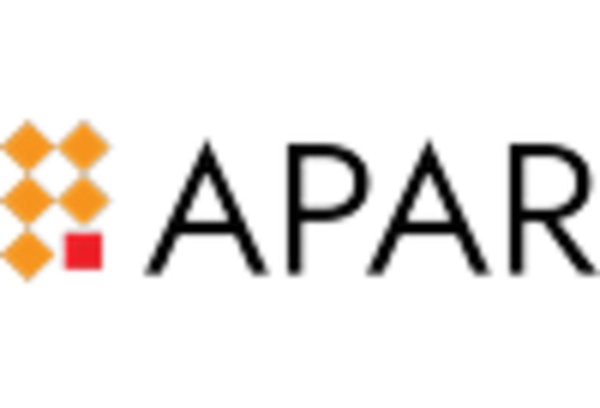
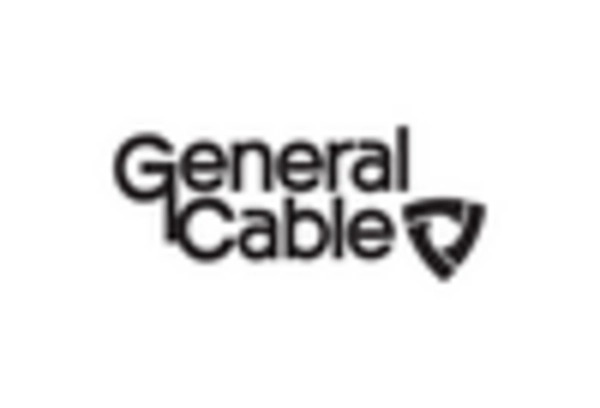
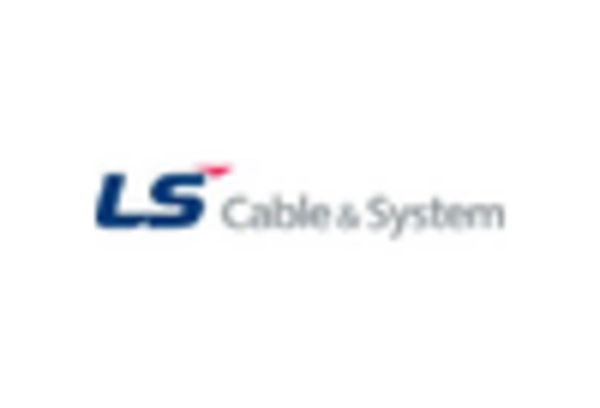
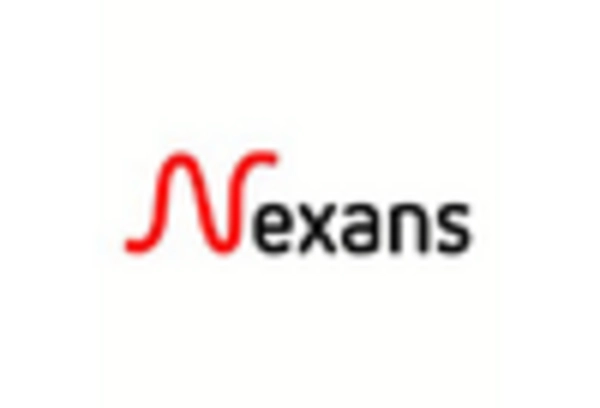
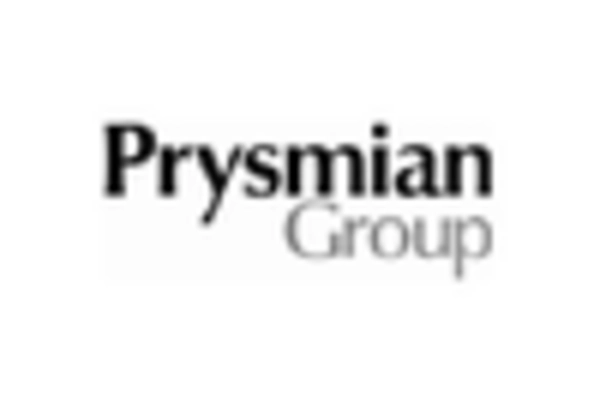
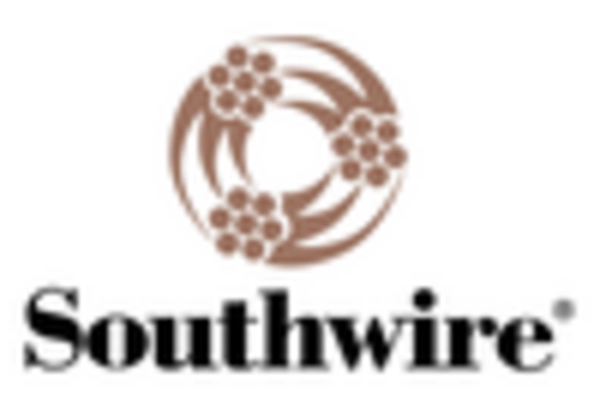








Leave a Comment